Home>Furniture & Design>Bathroom Accessories>How Often To Change Loofah
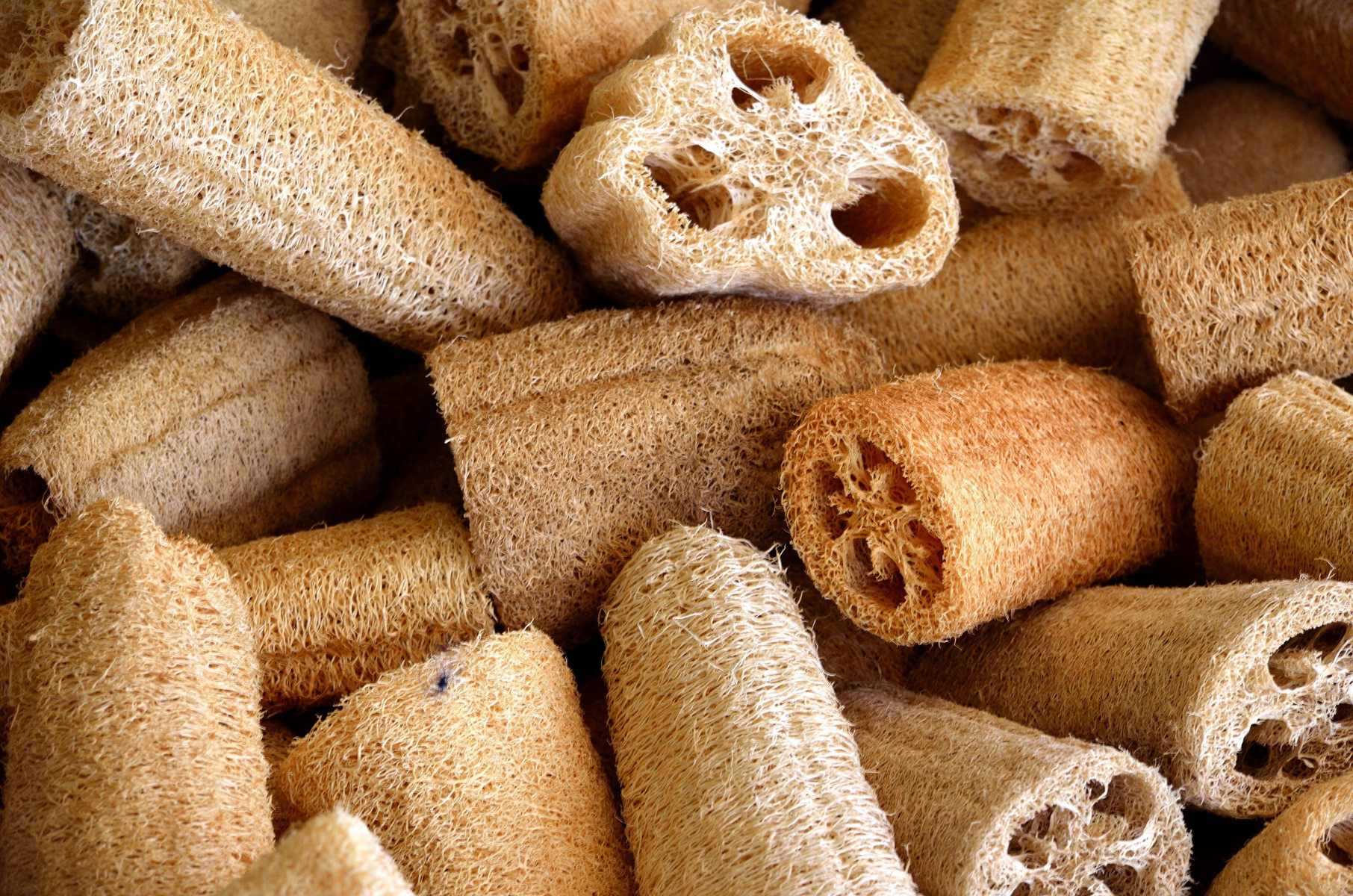

Bathroom Accessories
How Often To Change Loofah
Modified: October 21, 2024
Discover the best practices for changing your loofah and maintaining a hygienic bathroom routine. Find out how often you should replace your bathroom accessories for optimal cleanliness.
(Many of the links in this article redirect to a specific reviewed product. Your purchase of these products through affiliate links helps to generate commission for Storables.com, at no extra cost. Learn more)
Introduction
When it comes to maintaining personal hygiene, the shower loofah is a staple in many bathrooms. This seemingly humble accessory plays a crucial role in exfoliating the skin, removing dead cells, and enhancing the overall shower experience. However, the question of how often to change a loofah is a topic that often sparks debate among individuals. The frequency of replacing a loofah depends on various factors, including the type of loofah, frequency of use, and proper maintenance. In this comprehensive guide, we will delve into the key considerations for determining the ideal time to replace your loofah. Additionally, we will explore the different types of loofahs and provide valuable tips for maintaining their hygiene and longevity. By the end of this article, you will have a clear understanding of when and how to refresh your loofah, ensuring that your skincare routine remains effective and hygienic.
Key Takeaways:
- Keep your skin healthy by changing your loofah every 3-4 weeks for natural ones, 6-8 weeks for synthetic ones, and 3-6 months for silicone ones. Look out for signs like odor, wear, and skin irritation.
- Maintain your loofah by rinsing after use, allowing it to dry, sanitizing periodically, and replacing promptly. Avoid sharing to prevent bacterial contamination and consider alternative exfoliation methods for healthy skin.
Read more: How Often To Change A Car Thermostat
Factors to Consider
When evaluating how often to change your loofah, several crucial factors come into play. Understanding these considerations will help you make an informed decision and maintain optimal hygiene in your skincare routine.
1. Material and Type of Loofah
The material of the loofah significantly impacts its longevity and susceptibility to bacterial growth. Natural loofahs, derived from dried gourds, are biodegradable and offer excellent exfoliation. However, they tend to deteriorate more rapidly than synthetic alternatives. On the other hand, synthetic loofahs, typically made from plastic or nylon, are more durable but can harbor bacteria if not properly maintained. Considering the material and type of loofah you use is essential in determining its replacement frequency.
2. Frequency of Use
The frequency at which you use your loofah directly influences its lifespan. Daily use can lead to quicker wear and tear, especially for natural loofahs. Conversely, infrequent use may prolong the loofah's usability. Understanding how often you utilize your loofah will guide you in assessing when it's time for a replacement.
3. Proper Maintenance
Maintaining a clean and hygienic loofah is paramount for extending its lifespan. Regularly rinsing and allowing the loofah to dry completely after each use can help prevent bacterial growth and prolong its usability. However, despite diligent maintenance, loofahs have a finite lifespan due to their exposure to moisture and constant use.
Read more: How Often To Change Mop Water
4. Skin Sensitivity
Individuals with sensitive skin may find that their loofahs deteriorate more quickly, as the delicate nature of their skin requires gentler exfoliation. In such cases, replacing the loofah more frequently may be necessary to prevent irritation and maintain skin health.
5. Environmental Factors
The environment in which the loofah is used can impact its longevity. High humidity levels can expedite bacterial growth and mold formation, necessitating more frequent replacements. Additionally, sharing a loofah with others increases the likelihood of bacterial contamination, warranting a shorter replacement interval.
Considering these factors collectively will empower you to make an informed decision regarding the frequency of changing your loofah. By taking into account the material, frequency of use, maintenance practices, skin sensitivity, and environmental conditions, you can ensure that your skincare accessory remains effective and hygienic.
Frequency for Different Types of Loofahs
The frequency of replacing a loofah varies depending on the type of loofah being used. Understanding the unique characteristics of different loofah materials is essential in determining the ideal replacement interval.
Natural Loofahs
Natural loofahs, derived from the fibrous interior of dried gourds, are renowned for their excellent exfoliating properties. However, due to their organic composition, natural loofahs are more susceptible to deterioration and bacterial growth. As a result, it is generally recommended to replace natural loofahs every three to four weeks, especially with regular use. The porous nature of natural loofahs makes them prone to trapping moisture, which can expedite the growth of bacteria and mold. Therefore, frequent replacement is crucial to maintain optimal hygiene and prevent skin irritation.
Read more: How Often To Change Toddler Toothbrush
Synthetic Loofahs
Synthetic loofahs, often crafted from materials such as plastic or nylon, offer enhanced durability compared to their natural counterparts. The non-porous nature of synthetic loofahs makes them less susceptible to bacterial accumulation, extending their lifespan. However, despite their resilience, synthetic loofahs are not immune to bacterial growth, particularly if not properly maintained. It is advisable to replace synthetic loofahs every six to eight weeks to ensure hygienic skincare practices. Additionally, regular inspection for signs of wear and tear, such as fraying or discoloration, can help determine if an earlier replacement is necessary.
Silicone Loofahs
Silicone loofahs have gained popularity for their hygienic properties and long-lasting durability. Unlike traditional loofahs, silicone variants are resistant to bacterial growth and can be easily sanitized. Due to their non-porous and antimicrobial nature, silicone loofahs have an extended lifespan and typically require replacement every three to six months, depending on usage and maintenance. Their ability to resist moisture and bacterial colonization makes silicone loofahs a low-maintenance and long-lasting option for exfoliation.
Understanding the distinct replacement intervals for different types of loofahs empowers individuals to make informed decisions based on their preferences, usage patterns, and hygiene priorities. By aligning the replacement frequency with the specific characteristics of natural, synthetic, or silicone loofahs, individuals can ensure that their skincare routine remains effective, hygienic, and tailored to their unique needs.
Signs It's Time to Change Your Loofah
Recognizing the signs indicating that it's time to change your loofah is essential for maintaining optimal skincare hygiene and preventing potential skin issues. By being attentive to these indicators, you can ensure that your exfoliation routine remains effective and free from bacterial contamination.
-
Foul Odor: A persistent unpleasant odor emanating from your loofah is a clear indication of bacterial growth. As loofahs are regularly exposed to moisture, they can become breeding grounds for bacteria and mold, leading to a distinct musty or sour smell. If your loofah continues to emit an unpleasant odor even after thorough rinsing, it's a strong signal that it needs to be replaced.
-
Visible Wear and Tear: Over time, loofahs experience wear and tear, especially with regular use. Fraying, unraveling, or a noticeable decline in the structural integrity of the loofah are visual cues that it has reached the end of its lifespan. Additionally, discoloration or dark spots on the surface of the loofah may indicate mold or mildew growth, necessitating immediate replacement.
-
Skin Irritation: If you notice an increase in skin irritation, redness, or itchiness after using your loofah, it could be a result of bacterial contamination. Bacteria and fungi thriving in a well-used loofah can cause skin infections and exacerbate existing skin conditions. If your skin becomes more sensitive or reactive after using the loofah, it's a clear indication that it's time for a fresh replacement.
-
Longevity: Understanding the typical lifespan of different types of loofahs is crucial in determining when to replace them. Natural loofahs generally have a shorter lifespan due to their organic composition, while synthetic and silicone loofahs offer greater durability. Keeping track of the duration of use and adhering to the recommended replacement intervals for your specific loofah type ensures that you maintain optimal skincare hygiene.
By being mindful of these signs, you can proactively assess the condition of your loofah and make informed decisions regarding its replacement. Prioritizing the hygiene and effectiveness of your skincare routine through timely loofah replacements is key to promoting healthy and radiant skin.
Tips for Maintaining Your Loofah
Proper maintenance is essential for prolonging the lifespan of your loofah and ensuring optimal hygiene in your skincare routine. By implementing the following tips, you can effectively maintain your loofah and minimize the risk of bacterial contamination.
-
Rinse Thoroughly After Each Use: After exfoliating in the shower, thoroughly rinse your loofah under running water to remove any residual soap, body wash, or dead skin cells. Squeezing the loofah to expel excess water aids in preventing moisture buildup, which can lead to bacterial growth.
-
Allow Adequate Drying Time: After rinsing, hang your loofah in a well-ventilated area to air dry completely. Ensuring that the loofah dries thoroughly between uses helps prevent the accumulation of moisture, which can harbor bacteria and mold. Avoid leaving the loofah in a damp or enclosed space, as this can expedite bacterial growth.
-
Sanitize Regularly: To further minimize bacterial contamination, consider sanitizing your loofah periodically. This can be achieved by soaking the loofah in a solution of water and white vinegar or hydrogen peroxide for a few minutes. After sanitizing, thoroughly rinse and dry the loofah as usual.
-
Replace Promptly When Needed: Be attentive to the signs indicating that your loofah requires replacement, such as a foul odor, visible wear and tear, or skin irritation. Adhering to the recommended replacement intervals for your specific loofah type is crucial for maintaining optimal hygiene and skincare effectiveness.
-
Avoid Sharing Loofahs: If multiple individuals use the same shower space, it's advisable for each person to have their own loofah. Sharing loofahs can lead to cross-contamination and the spread of bacteria, increasing the risk of skin issues. Encouraging individual loofah use promotes personal hygiene and reduces the likelihood of bacterial transfer.
-
Consider Alternative Exfoliation Methods: In addition to using a loofah, consider incorporating alternative exfoliation methods, such as washcloths or konjac sponges, into your skincare routine. Rotating between different exfoliation tools can reduce the frequency of loofah use, allowing each accessory to dry thoroughly between uses.
By integrating these maintenance tips into your skincare regimen, you can prolong the usability of your loofah while upholding stringent hygiene standards. Prioritizing proper maintenance not only extends the lifespan of your loofah but also contributes to the overall health and vibrancy of your skin.
Read more: How Often To Change A Swiffer Duster
Conclusion
In conclusion, maintaining a clean and hygienic loofah is essential for promoting healthy and radiant skin. The frequency of replacing a loofah is influenced by various factors, including the material and type of loofah, frequency of use, proper maintenance, skin sensitivity, and environmental conditions. By considering these factors, individuals can make informed decisions regarding the ideal time to refresh their loofah, ensuring that their skincare routine remains effective and hygienic.
Understanding the distinct replacement intervals for different types of loofahs empowers individuals to align their skincare practices with their unique preferences and hygiene priorities. Natural loofahs typically require replacement every three to four weeks, while synthetic loofahs should be refreshed every six to eight weeks. Silicone loofahs, known for their durability and resistance to bacterial growth, have an extended lifespan and generally necessitate replacement every three to six months. By adhering to these replacement intervals and being attentive to signs indicating the need for a fresh loofah, individuals can uphold stringent hygiene standards and prevent potential skin issues.
Recognizing the signs that indicate it's time to change a loofah, such as foul odor, visible wear and tear, skin irritation, and adherence to recommended replacement intervals, is crucial for maintaining optimal skincare hygiene. By proactively assessing the condition of their loofah and promptly replacing it when needed, individuals can prioritize the effectiveness and cleanliness of their skincare routine, contributing to overall skin health.
Furthermore, implementing proper maintenance practices, including thorough rinsing, adequate drying time, periodic sanitization, prompt replacement when needed, individual loofah use, and considering alternative exfoliation methods, is instrumental in prolonging the usability of a loofah while upholding stringent hygiene standards. By integrating these maintenance tips into their skincare regimen, individuals can ensure that their loofah remains clean, hygienic, and conducive to healthy skin.
In essence, the decision of how often to change a loofah is a personalized one, influenced by individual preferences, usage patterns, and hygiene priorities. By understanding the key considerations, replacement intervals, signs indicating the need for a fresh loofah, and implementing proper maintenance practices, individuals can maintain optimal skincare hygiene and promote the health and vibrancy of their skin.
Frequently Asked Questions about How Often To Change Loofah
Was this page helpful?
At Storables.com, we guarantee accurate and reliable information. Our content, validated by Expert Board Contributors, is crafted following stringent Editorial Policies. We're committed to providing you with well-researched, expert-backed insights for all your informational needs.
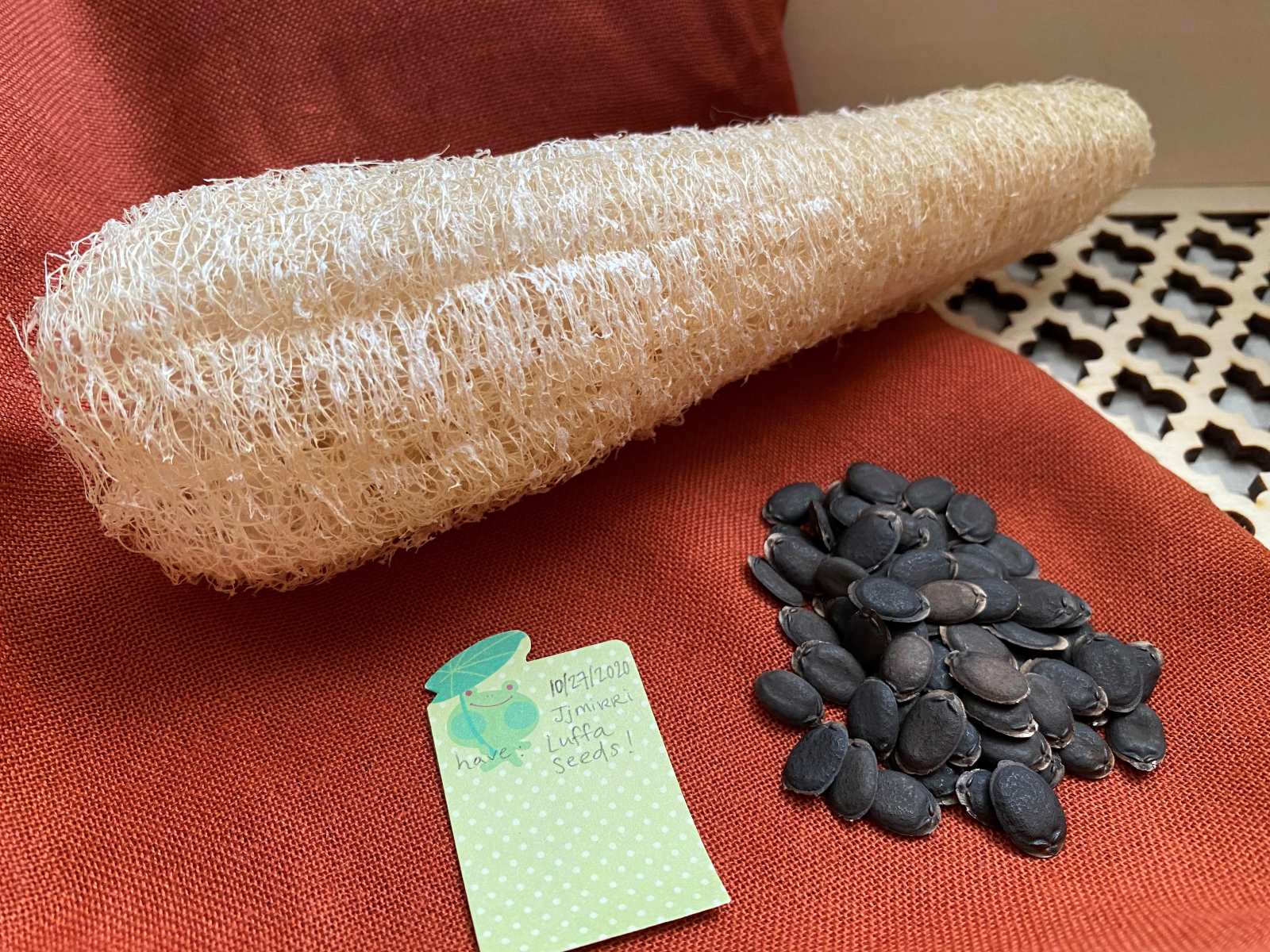

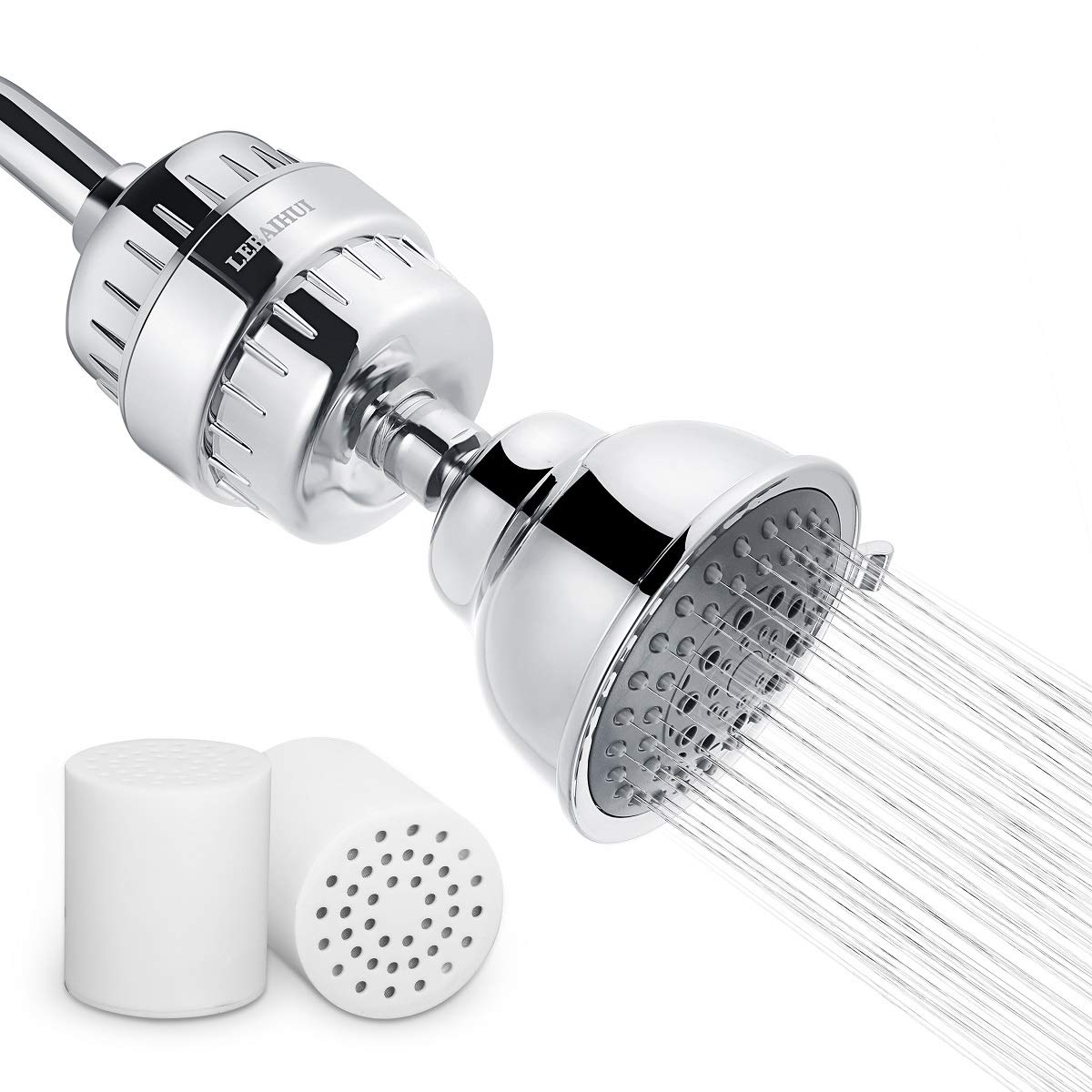
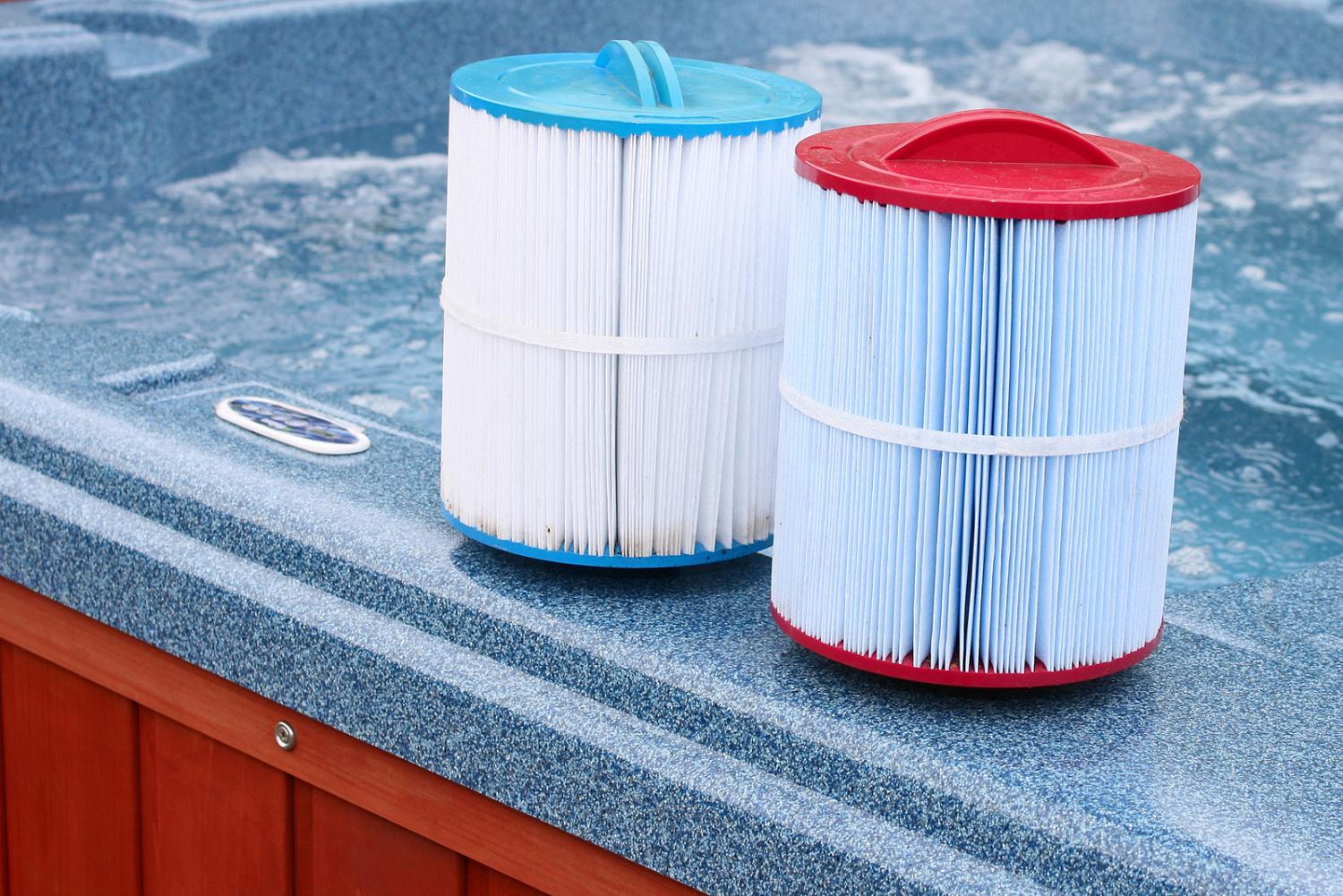
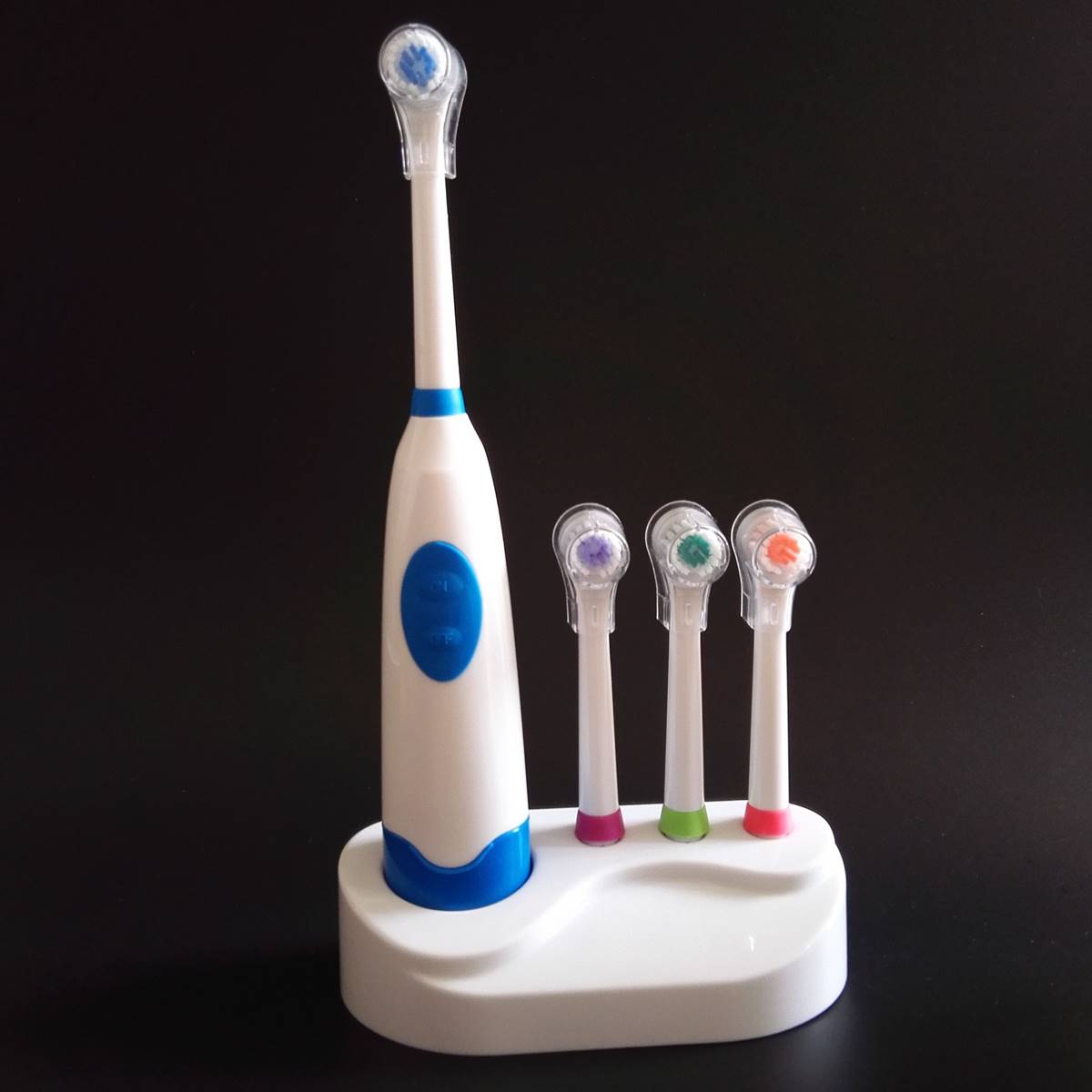
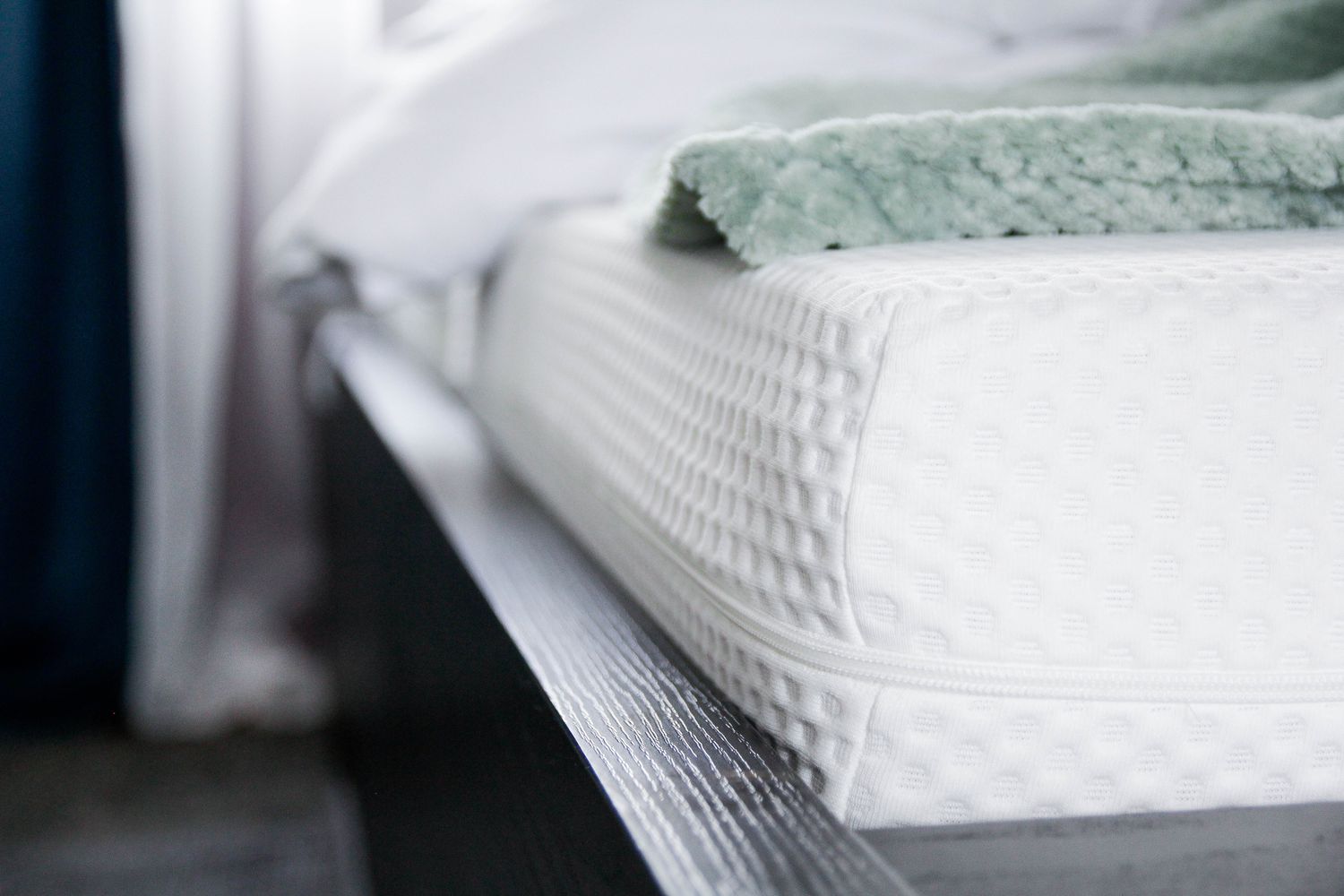
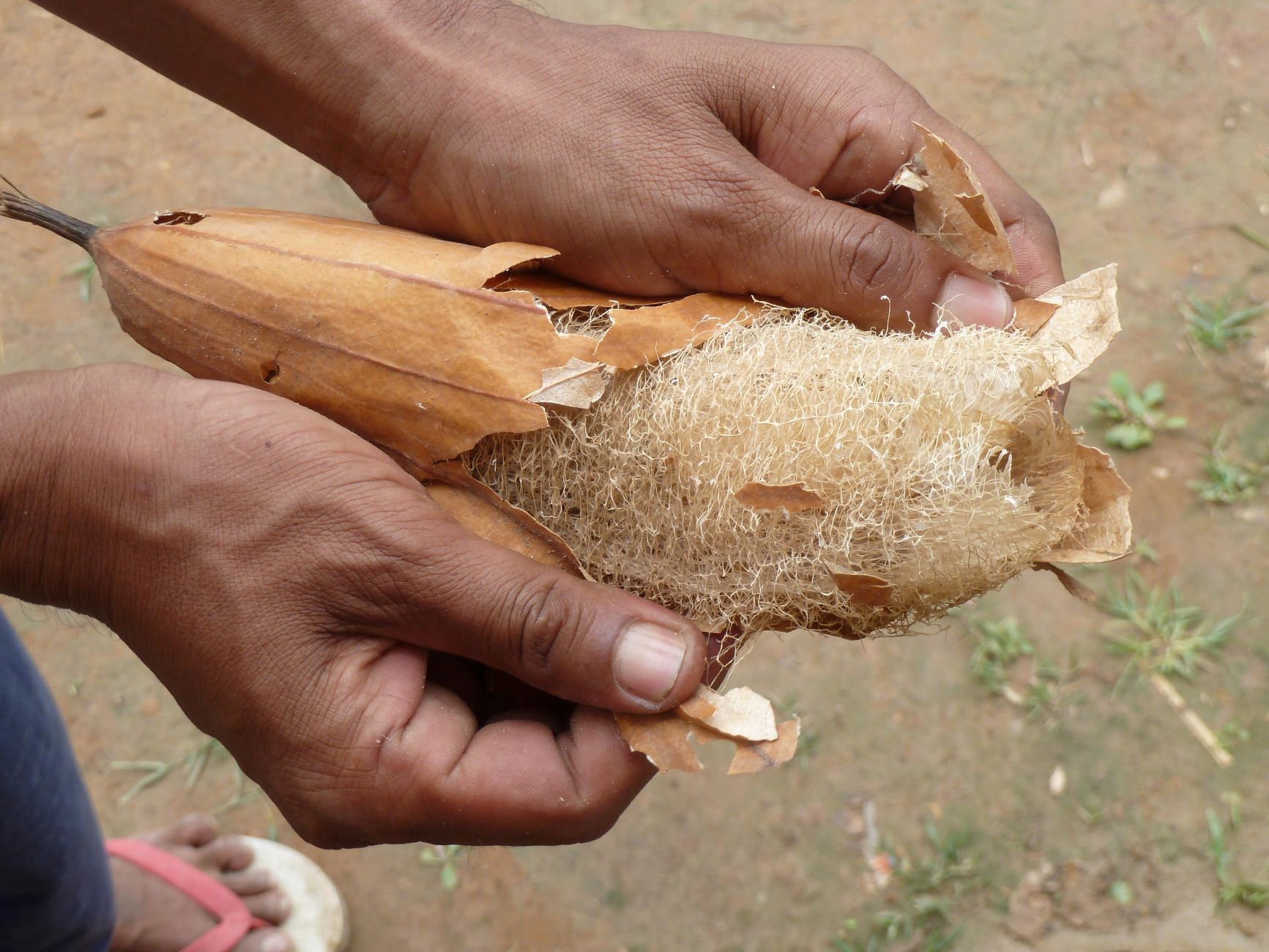
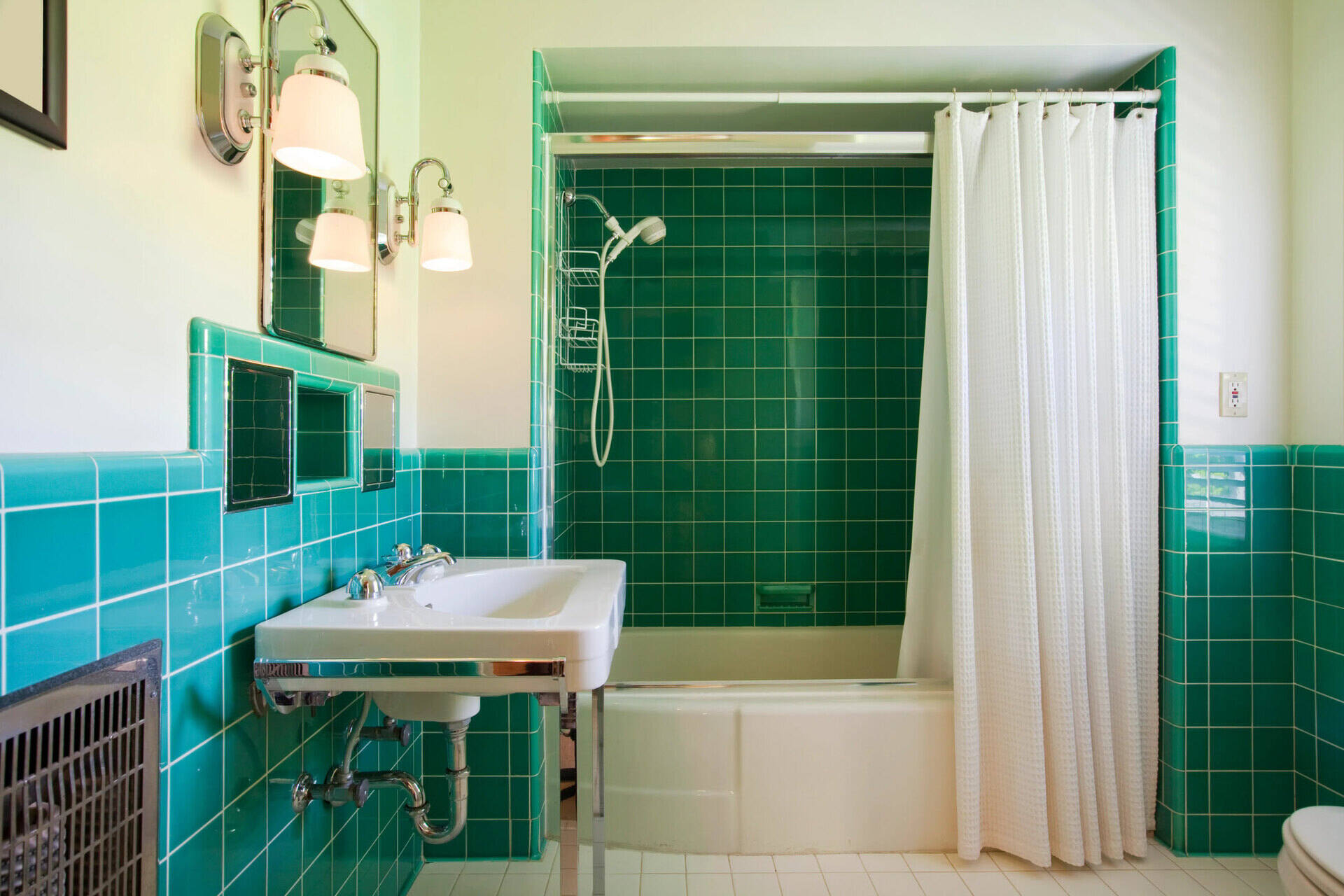
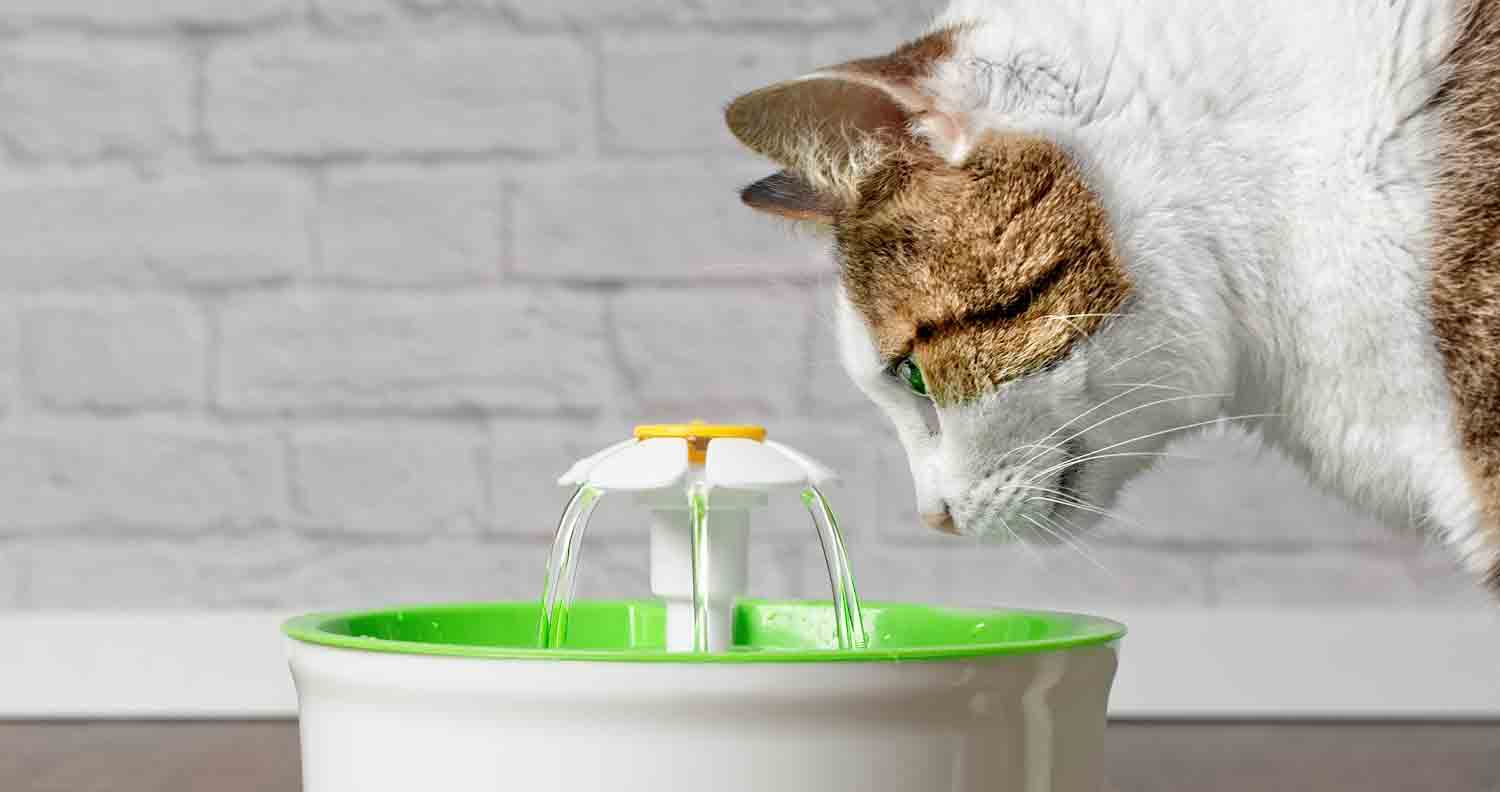
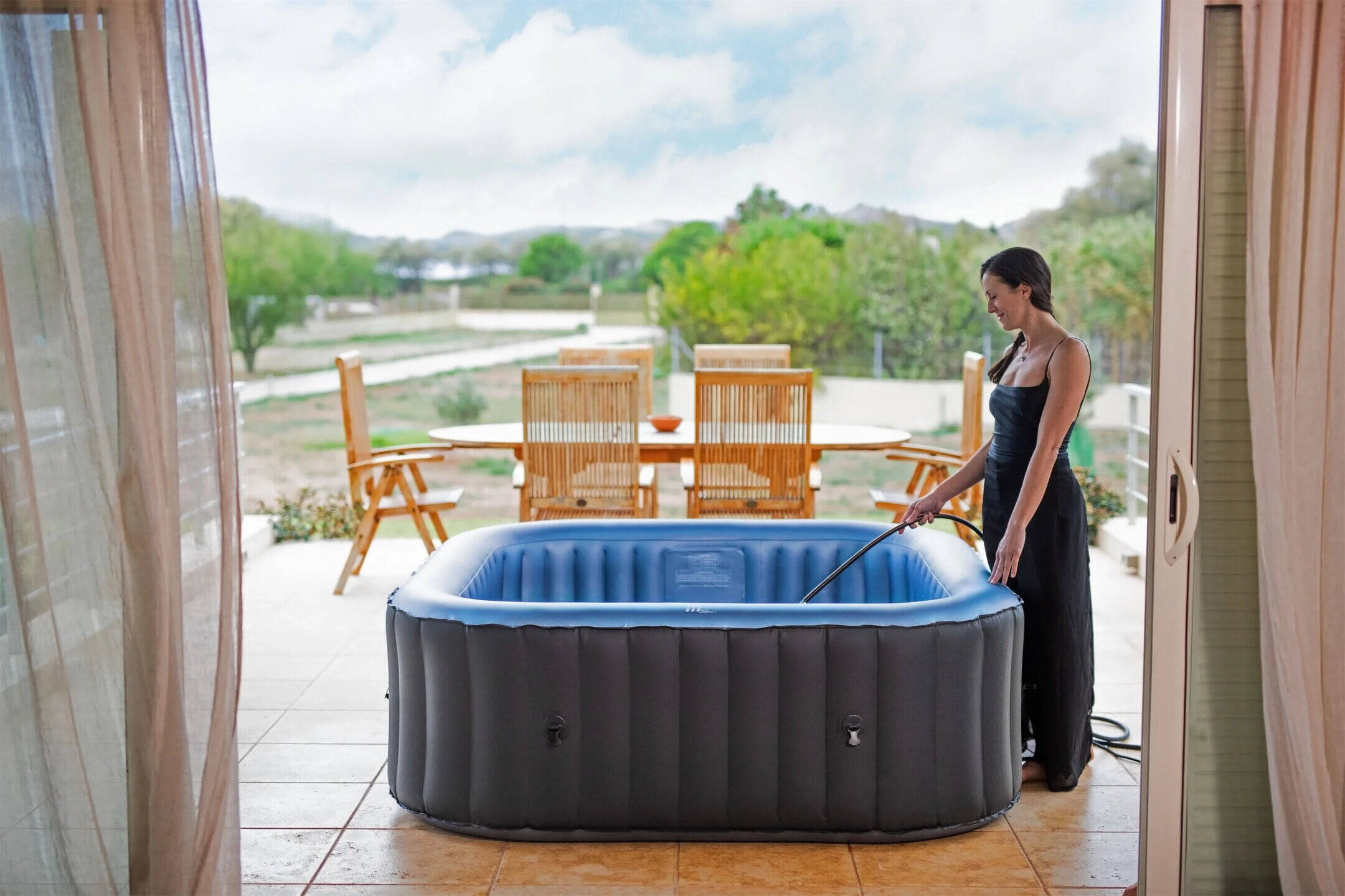
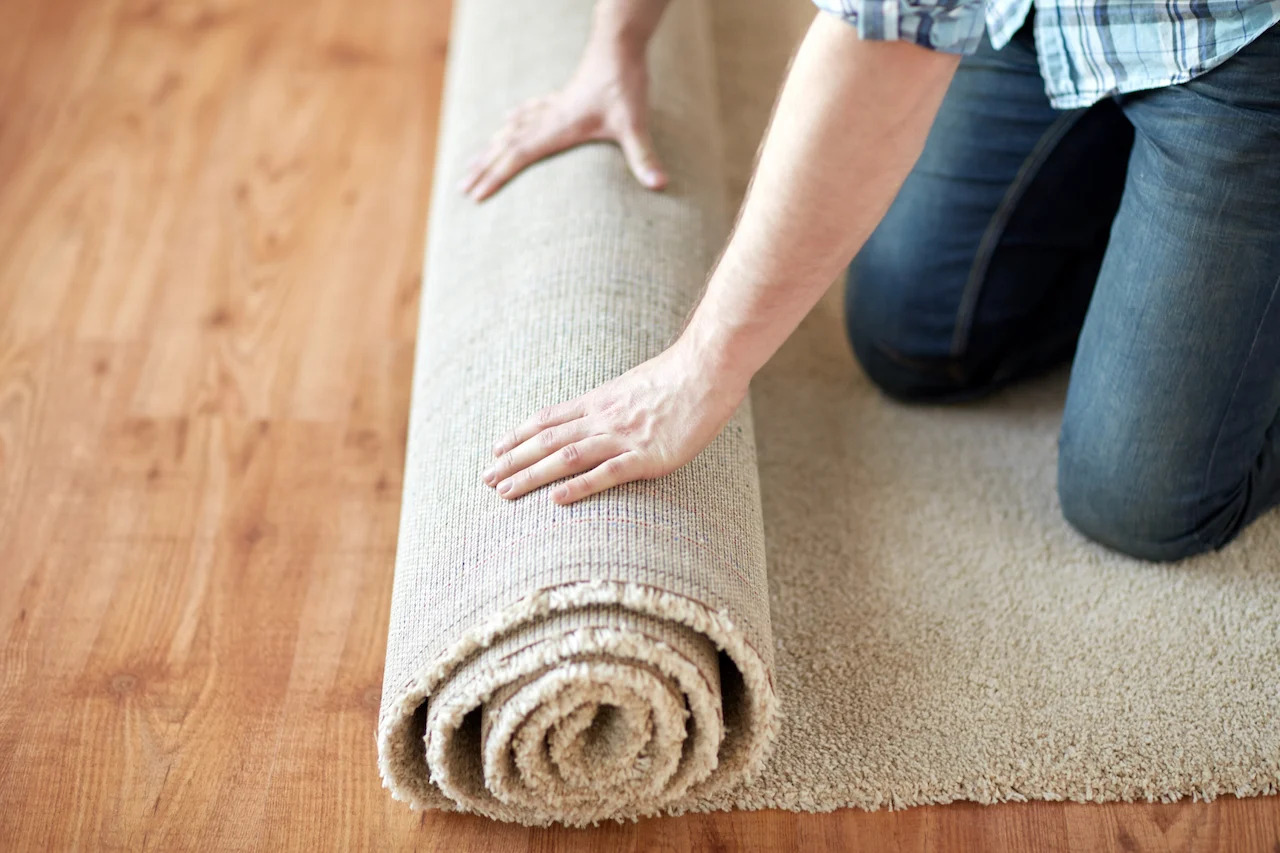
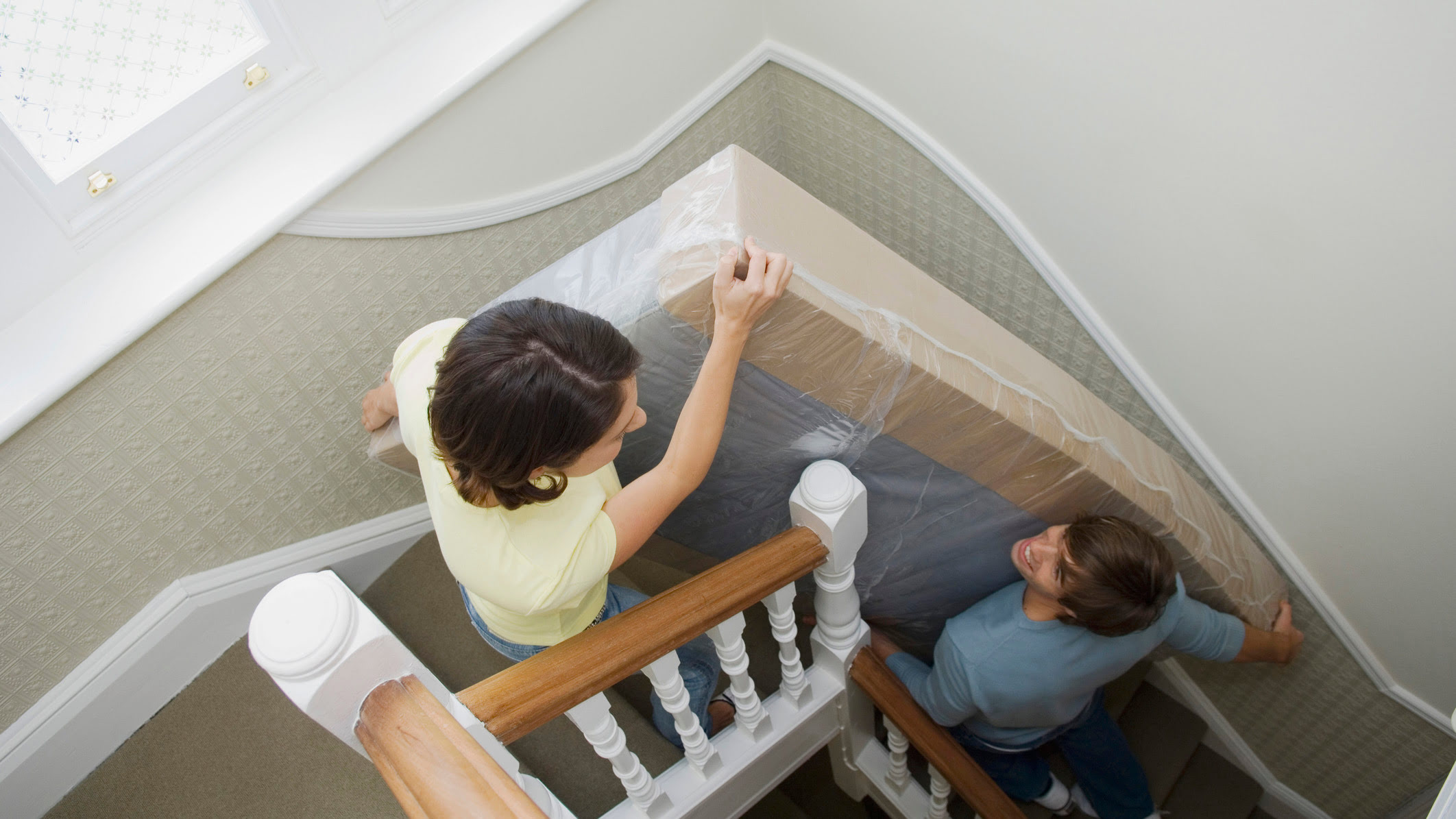

0 thoughts on “How Often To Change Loofah”